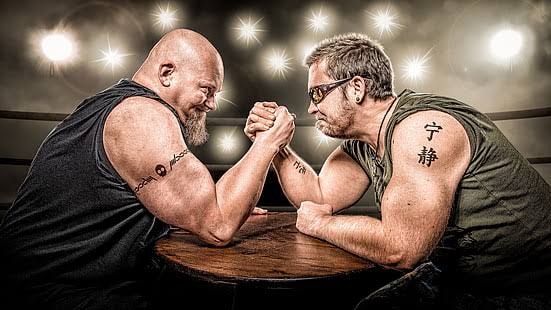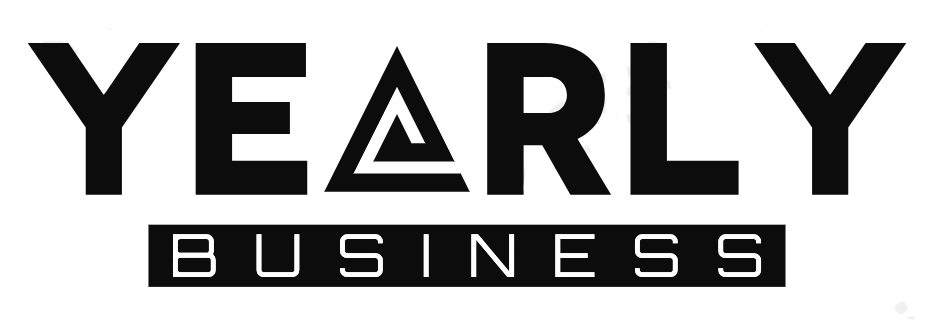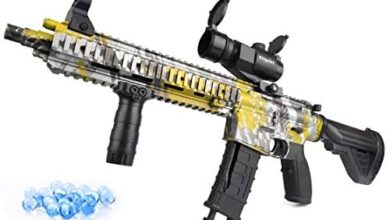What Muscles Are Used in Arm Wrestling: An In-Depth Look

Embarking on a Herculean arm wrestling match, you’re not merely battling your opponent; you’re fighting your own doubts. Ever wondered why your arms tremble despite your strength?
The quest to understand the muscles involved in arm wrestling isn’t just a pursuit of knowledge; it’s a journey for the countless individuals whose dreams of victory are overshadowed by uncertainty.
Unravel the mystery of these muscles, and you might just uncover the secret to transforming self-doubt into unwavering confidence. Dive in, and let your inner champion emerge.
Introduction
Arm wrestling is not just a test of raw strength; it’s a complex sport that requires a combination of muscles and techniques to emerge victorious. While most people might assume that arm wrestling primarily engages the biceps, there’s more to it than meets the eye. In this article, we’ll delve deep into the world of arm wrestling and explore the various muscles involved in this intense sport.
Understanding the Basics of Arm Wrestling
Before we jump into the muscles, let’s get a better understanding of arm wrestling itself. Arm wrestling is a one-on-one competition where two individuals lock hands and try to force each other’s arm to touch the pad or table. It’s a battle of strength, leverage, and technique.
The Key Muscles in Arm Wrestling
1. Biceps
The biceps are perhaps the most obvious muscles involved in arm wrestling. These muscles, located on the front of your upper arm, play a crucial role in the initial power surge when you start an arm wrestle. The biceps help you initiate the movement and apply force to your opponent’s arm.
2. Forearm Flexors
The forearm flexors, including the brachialis and brachioradialis, are essential for maintaining wrist control during an arm wrestling match. These muscles are responsible for keeping your hand and wrist steady as you push and pull against your opponent’s force.
3. Deltoids
The deltoid muscles, situated on your shoulders, are instrumental in providing stability to your entire arm during an arm wrestling bout. They help in maintaining the alignment of your arm and shoulder, preventing injury and enhancing your control.
4. Rotator Cuff Muscles
The rotator cuff muscles, which include the supraspinatus, infraspinatus, teres minor, and subscapularis, are critical for shoulder stability. Arm wrestlers rely on these muscles to maintain the structural integrity of their shoulder joint while exerting force.
5. Latissimus Dorsi
The latissimus dorsi, or lats, are the large muscles of your back. These muscles come into play when you need to pull your opponent’s arm toward you. They provide the pulling power that can be crucial in turning the tide of the match in your favor.
6. Triceps
While the biceps initiate the movement, the triceps on the back of your upper arm provide the necessary extension force. A strong triceps can be the deciding factor in a match, especially when you’re trying to pin your opponent’s arm.
7. Wrist Extensors
The wrist extensors, located on the back of your forearm, are essential for maintaining wrist integrity. They counteract the force applied by your opponent, preventing your wrist from collapsing during the match.
The Art of Arm Wrestling
In the world of arm wrestling, it’s not just about flexing your muscles; it’s about understanding the intricacies of muscle engagement and applying the right techniques. Whether you’re a seasoned arm wrestler or just a spectator, this knowledge will give you a deeper appreciation for the sport. So, next time you see an arm wrestling match, you can cheer on your favorite athlete with a newfound understanding of the muscles at work.
Techniques and Strategy
In addition to having well-developed muscles, successful arm wrestlers also employ various techniques and strategies to gain the upper hand. These techniques involve leveraging their body weight, adjusting their hand position, and using their opponent’s weaknesses to their advantage.
Conclusion
Arm wrestling is a fascinating sport that showcases not only raw strength but also a deep understanding of muscle engagement and technique. While the biceps may be the poster child of arm wrestling muscles, it’s clear that a synergy of various muscle groups is required for success. So, the next time you watch an arm wrestling match, you’ll have a better appreciation for the intricate interplay of muscles and tactics.


